Unveiling Cape May’s Guest: The Giant Water Bug
Recently, Cape May visitor Michael J. Grasso stumbled upon an intriguing insect during a casual outing. While exploring the natural beauty of Cape May, he discovered a bug he had never seen before.
Taking to the Cool Cape May Group for insights, Grasso shared two photos of the insect with the caption, “Found in Cape May. Does anyone know what this is? It’s 2 inches long.”
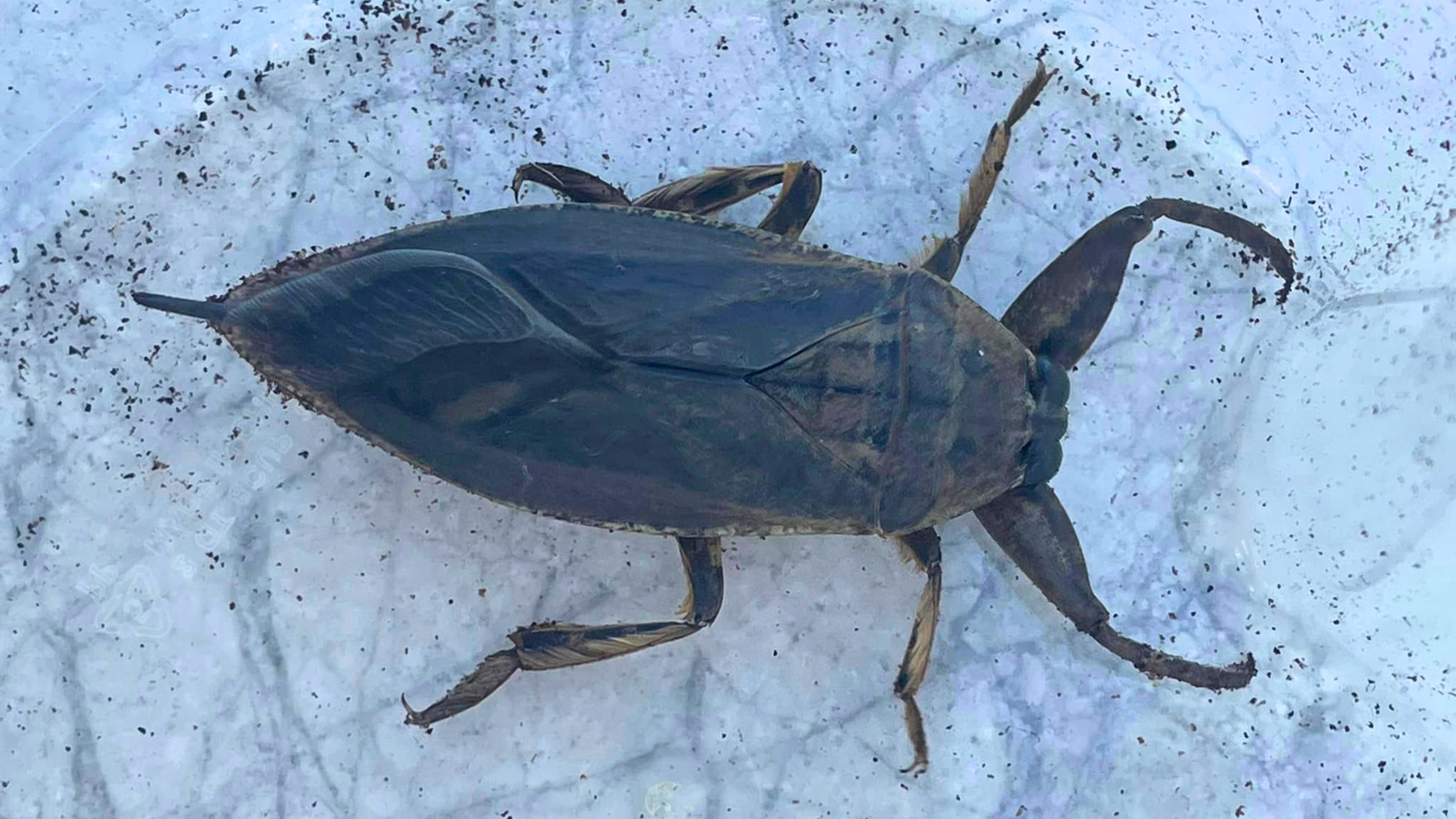
Unveiling Cape May’s Guest The Giant Water Bug
Those in the group answered in a few different ways all ranging from “Don’t know the name, but I’m pretty sure one fought Godzilla” to “I saw his cousin crawl out of that dude’s head on men in black! I’m sure he is extraterrestrial.”
The unique bug turned out to be a Giant Water Bug, known scientifically as Lethocerus americanus. These are very common to New Jersey.
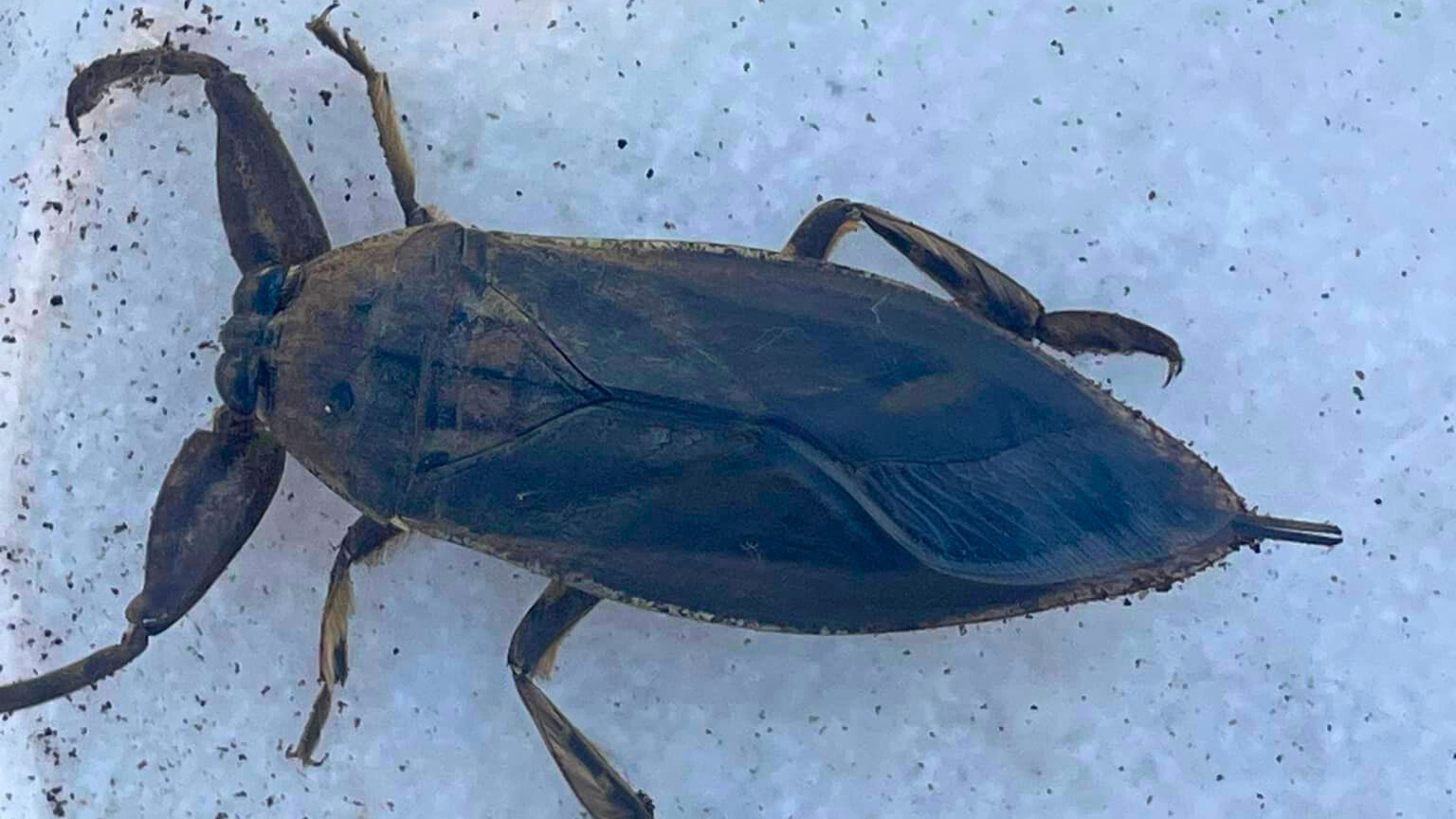
Native to North America, these insects thrive in various aquatic environments, including ponds, marshes, and slow-moving streams.
Measuring up to 2.5 inches in length, as observed in Grasso’s photos, they are among the largest aquatic insects in the region.
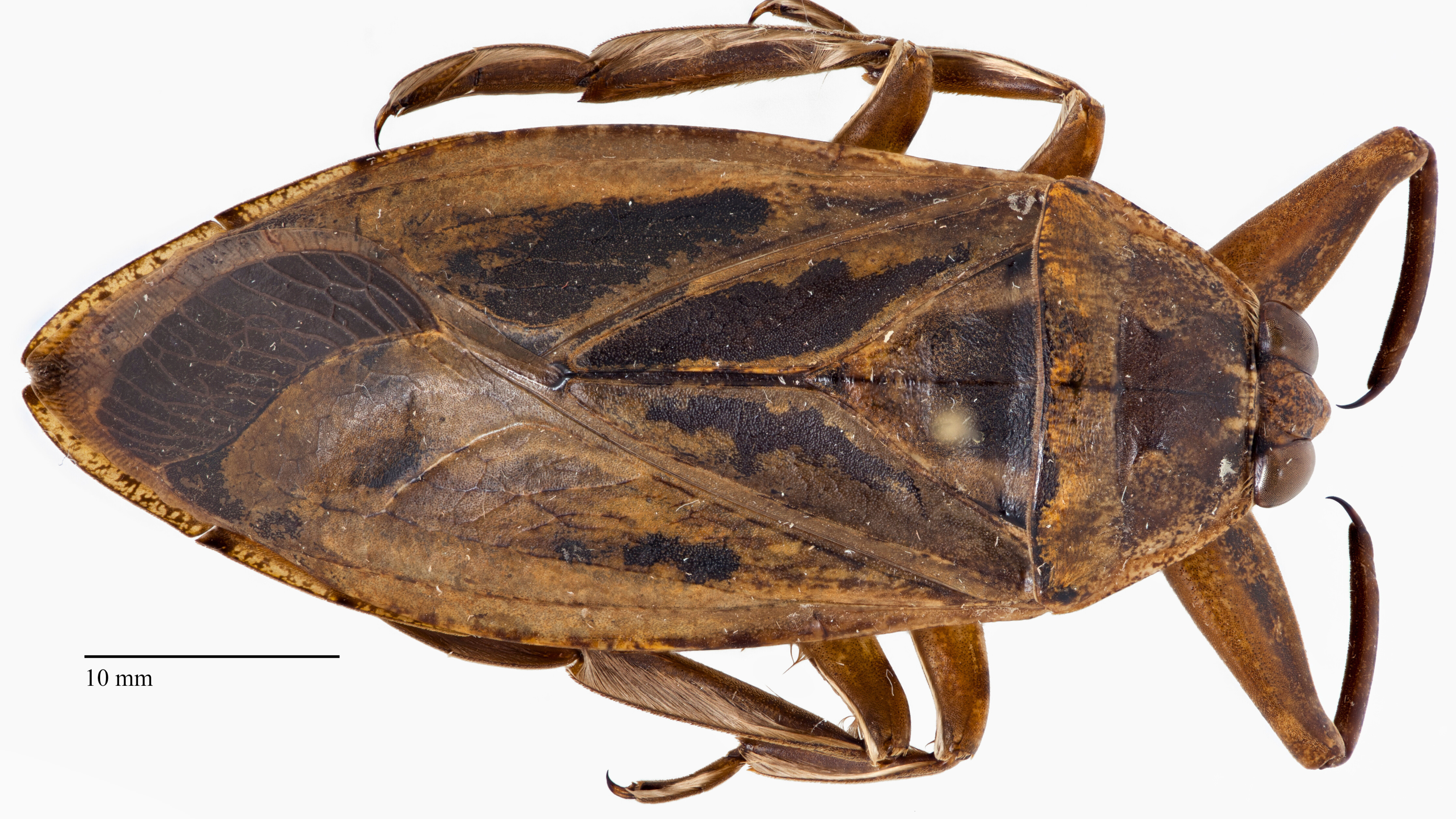
The Giant Water Bug’s appearance is both fascinating and somewhat intimidating. With a flat, oval-shaped body and large, spiny legs designed for grasping prey, these bugs are well-adapted to their predatory lifestyle.
Their front legs are equipped with sharp claws used to seize and subdue their catch, while their hind legs are paddle-like, aiding in efficient swimming.
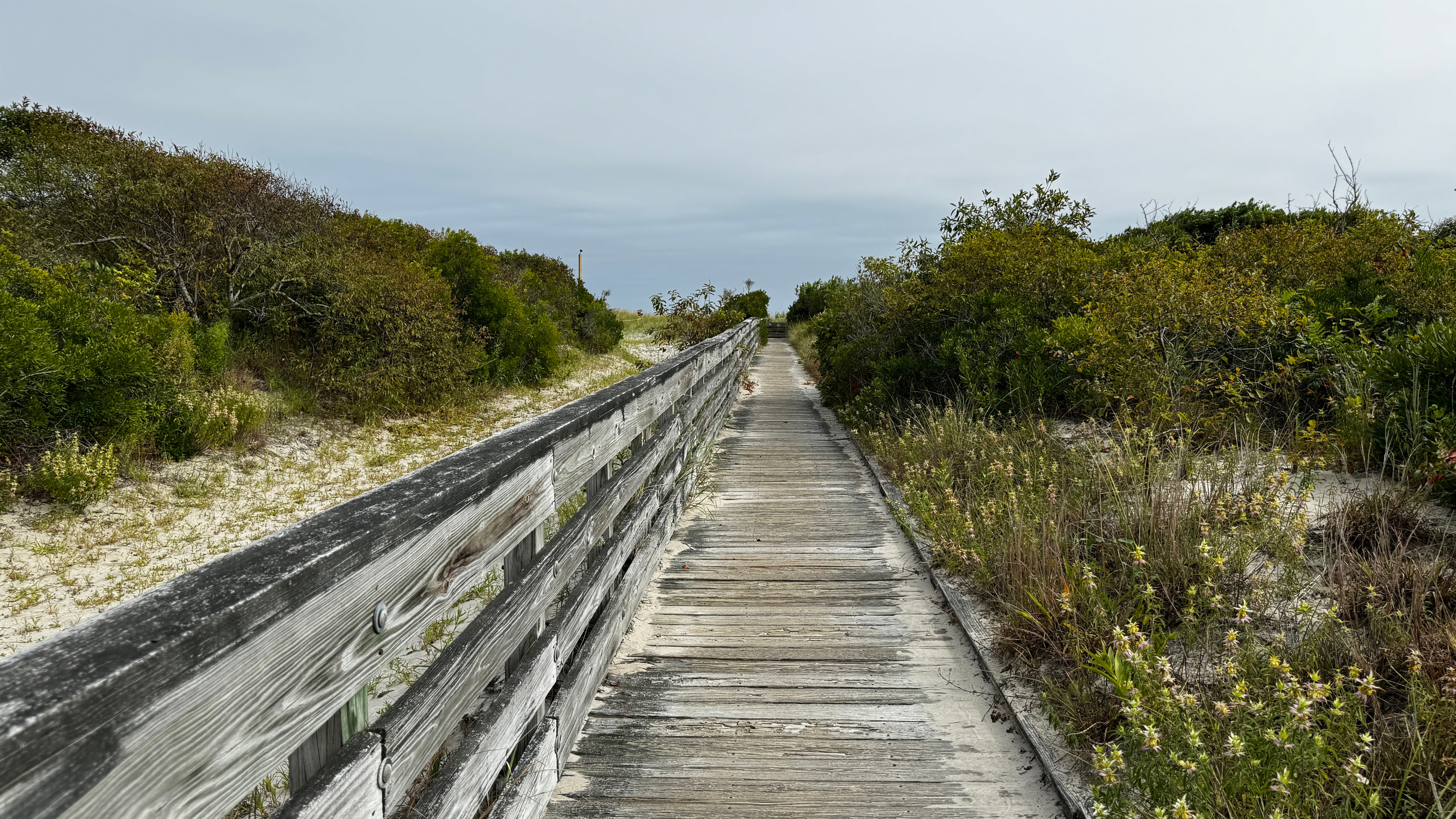
Their bite, while painful, is rarely harmful and is generally a defense mechanism rather than an attack.
In their natural habitat, Giant Water Bugs play a crucial role in the ecosystem. They primarily feed on smaller aquatic creatures, such as fish and amphibians, helping to maintain a balanced food web.
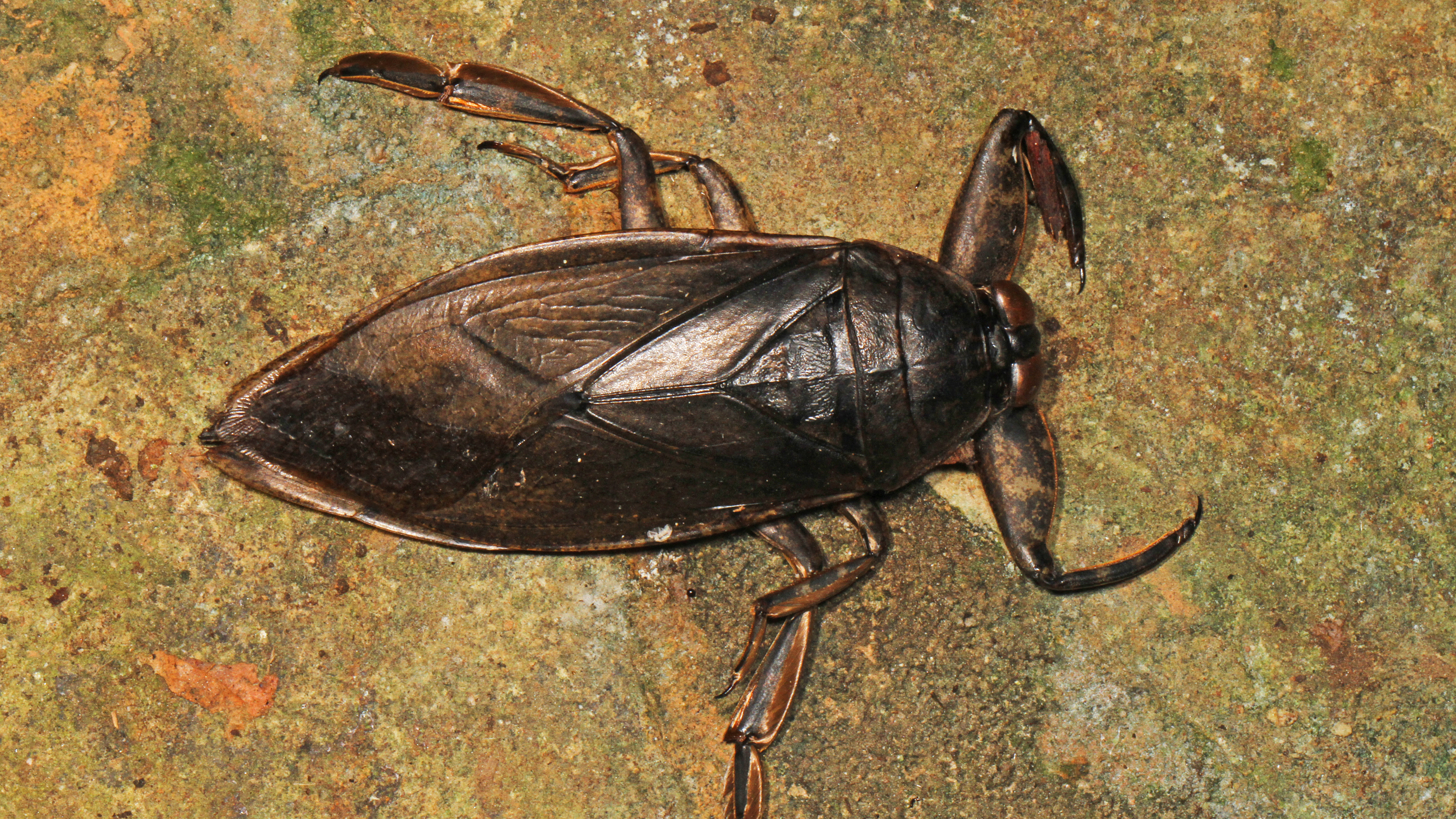
So where will you see this kind of insect? Most likely in areas ponds like near Cape May Point State Park (and in all ponds in New Jersey)
For Cape May locals and visitors alike, encountering a Giant Water Bug offers a rare glimpse into the diverse and often hidden world of aquatic insects.
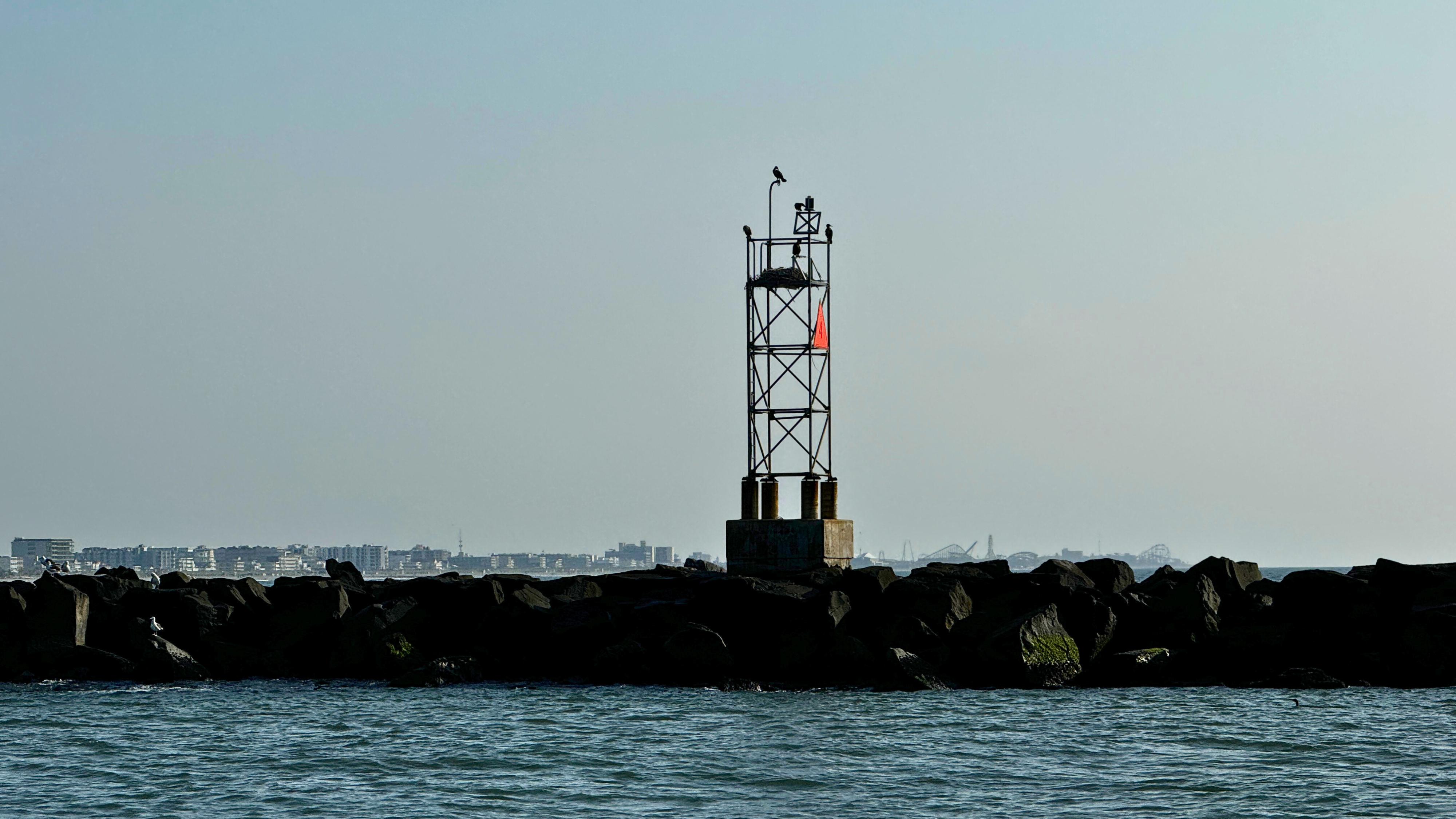
In September, tours will be offered Thursdays through Mondays. In October, tours will be Fridays – Mondays.
As Cape May continues to attract nature enthusiasts and curious minds, discoveries like Grasso’s remind us of the rich biodiversity that surrounds us, even in the most unexpected places.
